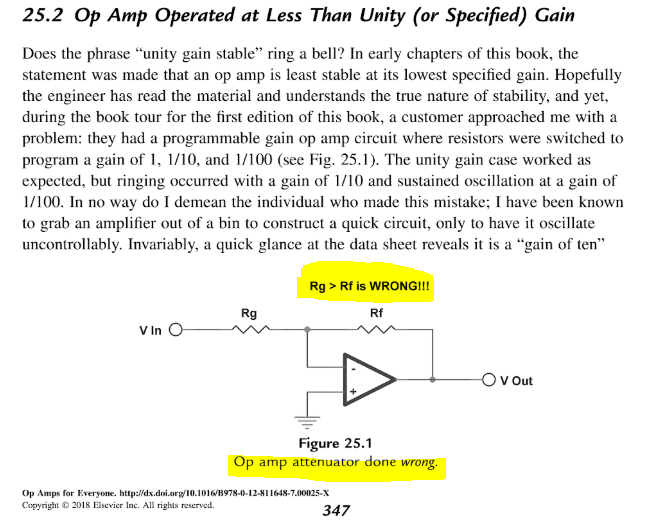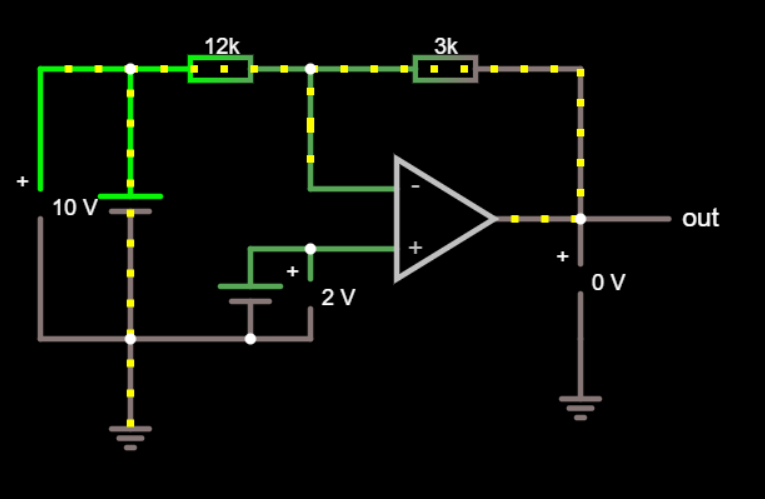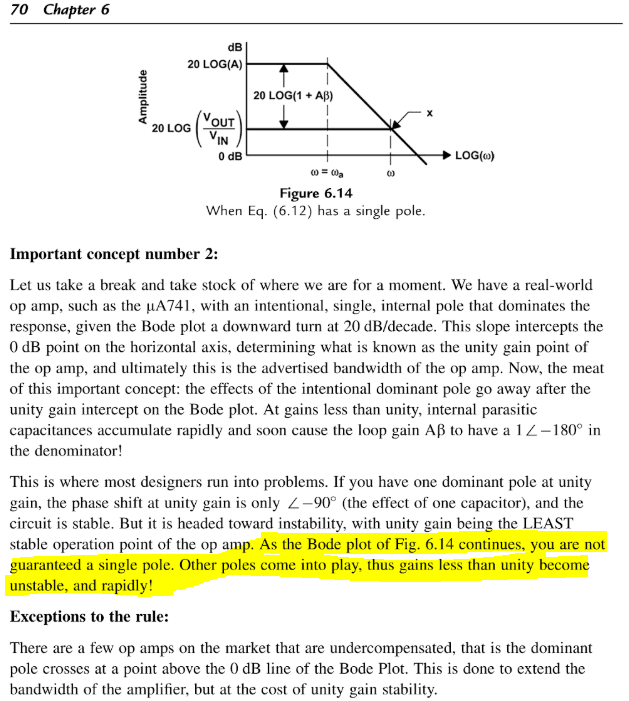Other Parts Discussed in Thread: THS4551
Hello all,
my question is closely related to https://e2e.ti.com/support/amplifiers/f/14/t/177561
The issue there was to use an operational amplifier as attenuator (e.g., to convert an input voltage from 0..10 V to 0..2.5 V). As solution, a voltage divider to bring down the input voltage followed by a (unity-gain) buffer was suggested. This seems in line with what the book "Op Amps for Everyone" (by Carter, Mancini) suggests. The book explicitly warns not to use an inverting opamp as attenuator:
However, I've seen this configuration (0 < |G| < 1) suggested several times (e.g., on electronics stackexchange here). Additionally, I've read discussions where people contest Mancini's statement. They are saying that a non-inverting gain of 1 is the worst-case for op amp feedback stability, which is equivalent to an inverting gain of zero. They conclude that if the OpAmp is specified to be stable at unity-gain buffer configuration, it should be stable at less than unity gain in an inverting configuration, too.
Coming back to the original issue, what's wrong with this solution to the question (except that the output is "inverted"), using an inverting OpAmp as attenuator:
This is the link to the simulation.
Thanks!





